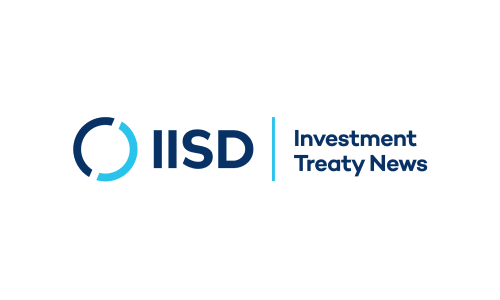Comprehensive and Progressive Agreement for Trans-Pacific Partnership (CPTPP) signed

On March 8, 2018, the CPTPP was signed in Santiago, Chile. The free trade agreement involves 11 countries in the Pacific region: Australia, Brunei Darussalam, Canada, Chile, Japan, Malaysia, Mexico, New Zealand, Peru, Singapore and Vietnam. The legally verified text was released February 21, 2018, by New Zealand, the treaty’s depositary. Mexico also published the Spanish version.
At the signing ceremony, side letters were also signed to exclude compulsory ISDS between New Zealand and five countries: Australia, Brunei Darussalam, Malaysia, Peru and Vietnam.
In addition, Canada, Chile and New Zealand signed two joint declarations: one on Fostering Progressive and Inclusive Trade, endorsing the countries’ commitments to sustainable development and climate change goals, and another on ISDS, reaffirming the parties’ right to regulate and intent to promote transparency in dispute settlement proceedings.
U.S. President Donald Trump said on April 13, 2017, that he would reconsider joining the CPTPP if it were “substantially better” than the deal negotiated by his predecessor, Barack Obama. Trump had withdrawn the United States from the “horrible” TPP-12 in January 2017. He has recently asked his trade advisers to look into the possibility of joining the CPTPP.
Japan’s trade minister, Taro Aso, said that he would welcome the possibility, but would have to verify the facts carefully. He added that Trump “is a person who could change temperamentally, so he may say something different the next day.” New Zealand trade minister David Parker was open to the possibility but highlighted that it was not yet clear “how real it is.”